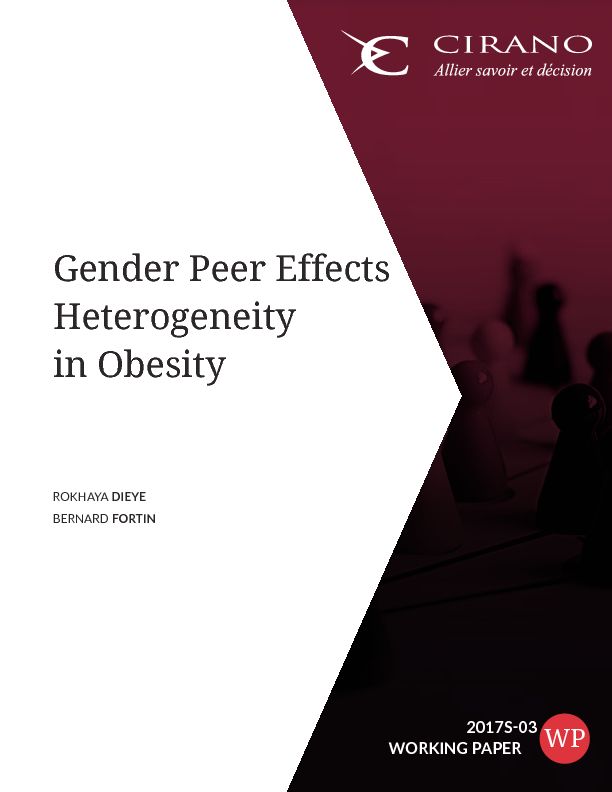Gender Peer Effects Heterogeneity in Obesity
This
paper explores gender peer effects heterogeneity in adolescent Body Mass Index
(BMI). We propose a utility-based non-cooperative social network model with
effort technology. We allow the gender composition to influence peer effects.
We analyze the possibility of recovering the fundamentals of our structural
model from the best-response functions. We provide identification conditions of
these functions generalizing those of the homogeneous version of the model.
Extending Liu and Lee [2010], we consider 2SLS and GMM strategies to estimate
our model using Add Health data. We provide tests of homophily in the formation
of network and reject them after controlling for network (school) fixed
effects. The joint (endogenous plus contextual) gender homogeneous model is
rejected. However, we do not reject that the endogenous effects are the same. This
suggests that the source of gender peer effects heterogeneity is the contextual
effects. We find that peers’ age, parents’ education, health status, and race
are relevant for the latter effects and are gender-dependent.
[ - ]




